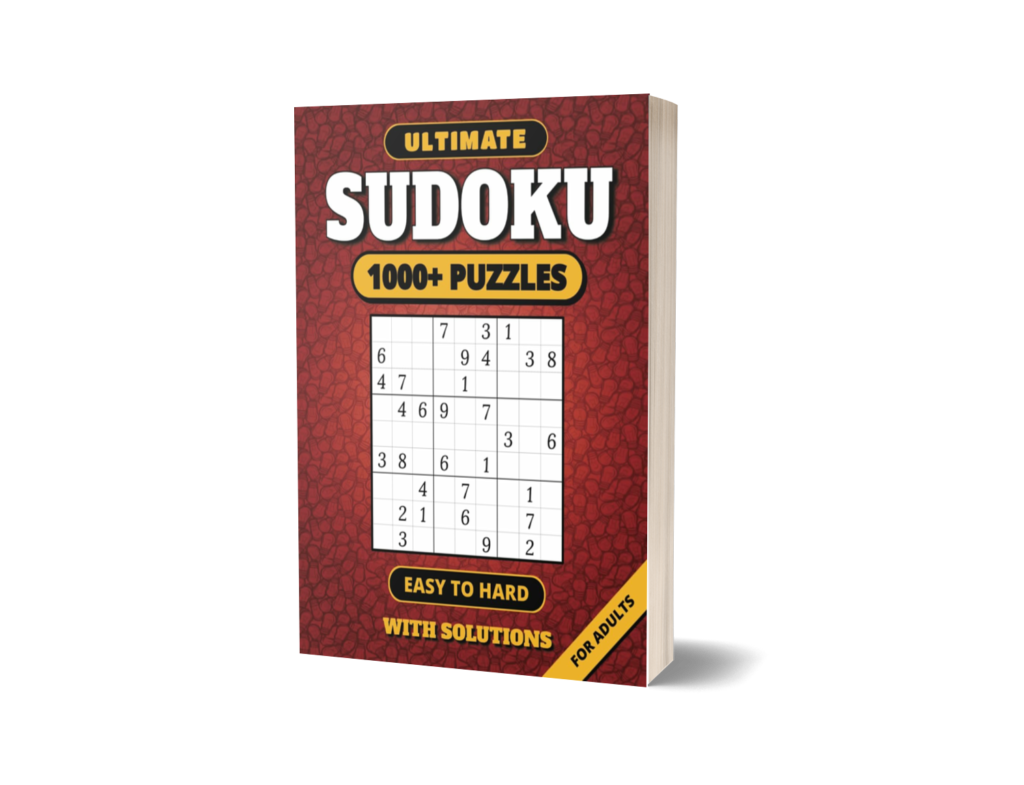
Introduction
Thinking about diving into Sudoku but feeling a little intimidated by all those numbers? Don’t worry – everyone starts somewhere. This timeless puzzle might look tricky at first glance, but with a little guidance and a smart approach, it quickly becomes one of the most enjoyable and rewarding brain games around.
In this beginner-friendly guide, you’ll learn the basic rules, the most common mistakes new players make, practical tips to improve your skills, and recommendations for your very first puzzles. Ready to get started? Let’s jump in!
The Basic Rules of Sudoku
Sudoku is a number-placement puzzle played on a 9×9 grid, divided into nine 3×3 boxes. The goal is simple:
Fill every row, column, and 3×3 box with the numbers 1 to 9 without repeating any number in each row, column, or box.
A few numbers are given as clues — your job is to figure out the rest.
Important:
Each number 1–9 must appear exactly once in every row
Each number 1–9 must appear exactly once in every column
Each number 1–9 must appear exactly once in every 3×3 box
Once you grasp these three simple rules, you’re ready to play.

Common Beginner Mistakes
It’s easy to fall into a few traps when you’re first starting out. Watch out for these classic errors:
Guessing randomly:
Sudoku is a logic puzzle, not a guessing game. Every move should have a reason behind it.
Forgetting to check all three areas:
Many beginners focus only on rows and columns and forget to check the 3×3 boxes.
Rushing through the puzzle:
Speed isn’t the goal. Take your time and focus on accuracy.
Not marking possibilities:
Use small pencil notes (or light marks) in empty cells to track possible numbers before finalizing your choice.
Practical Tips and Techniques
Here are a few easy techniques to boost your confidence right away:
Start with the obvious numbers:
Scan the grid for numbers that already appear frequently. These numbers give you more clues about where they can’t go.
Use the crosshatching method:
Focus on a specific number (like all the 1s) and eliminate possibilities across rows, columns, and boxes until you find its only possible spot.
Work on one box at a time:
Sometimes it’s easier to narrow down possibilities in a single 3×3 box rather than across the whole grid.
Stay organized:
If you’re playing on paper, use a pencil. Don’t be afraid to erase and adjust your notes as you gather more clues.
Recommendations for Your First Puzzles
To build your confidence and avoid frustration, start with puzzles labeled Easy or Beginner. These puzzles offer more starting clues and simpler patterns, making them perfect for practice.
Pro tip:
Choose puzzle books or apps that include a “How to Play” guide and solving strategies to help you learn as you go.
If you’re looking for a great beginner-friendly collection, check out my Ultimate Sudoku Puzzles for Adults – it includes over 1,000 puzzles across four difficulty levels, starting with easy grids designed to help new players feel comfortable.
Conclusion
Sudoku is a wonderful, relaxing way to give your brain a workout – and getting started isn’t as difficult as it might seem. By learning the basic rules, avoiding beginner mistakes, and applying simple techniques, you’ll be solving puzzles like a pro in no time.
So grab a pencil, find a comfy chair, and start your Sudoku journey today.
Happy puzzling!

